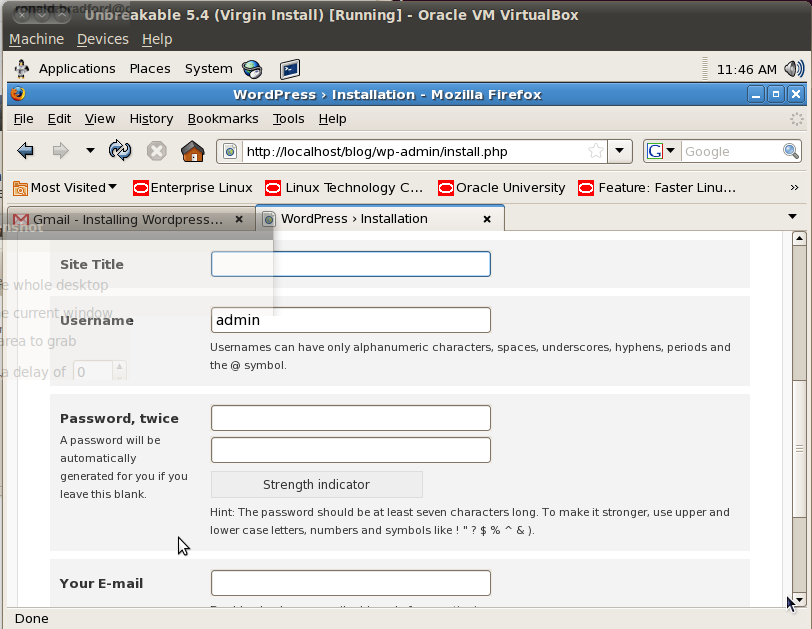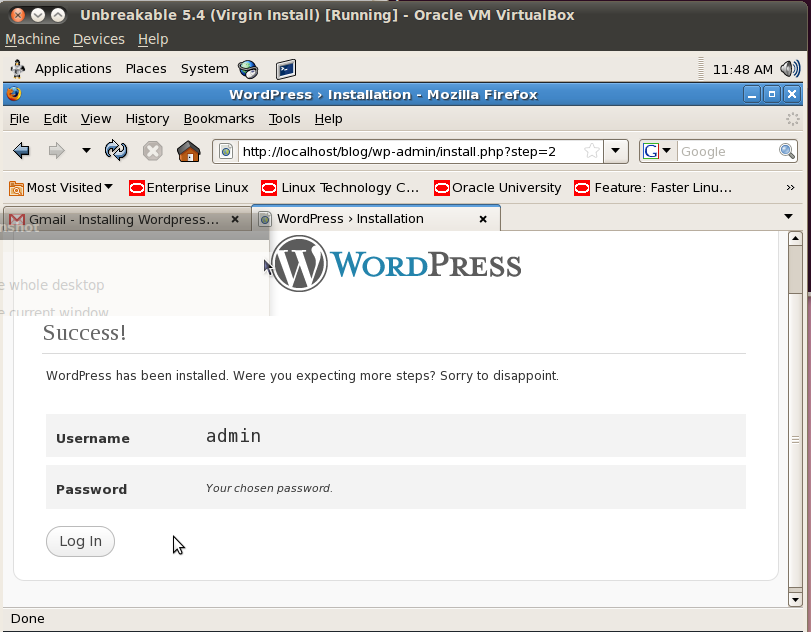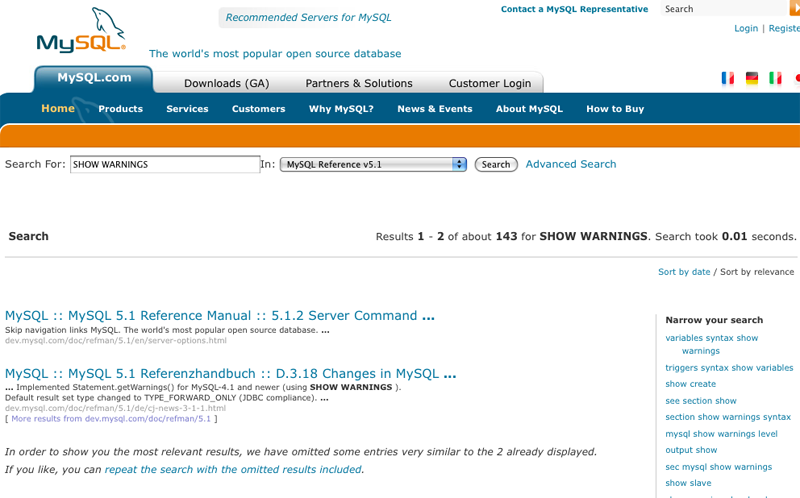Announced at MySQL Sunday was the Release Candidate edition of MySQL 5.5.6. Also noted by Geert where he points out the default storage engine is now InnoDB.
However, for those from a background other then MySQL there is still a gotcha.
mysql> show global variables like 'autocommit'; +---------------+-------+ | Variable_name | Value | +---------------+-------+ | autocommit | ON | +---------------+-------+
Unlike Oracle for example, the default autocommit is on.
Doing some other boundary conditions, it is no longer possible to disable InnoDB on startup which you would of course expect.
$ bin/mysqld_safe --skip-innodb & $ tail error.log 101003 15:33:32 [Note] Plugin 'InnoDB' is disabled. 101003 15:33:32 [ERROR] Unknown/unsupported storage engine: InnoDB 101003 15:33:32 [ERROR] Aborting
MyISAM however can’t be removed and can’t be disabled. This is a question I’ve been asked by Oracle resources.
101003 15:34:55 [ERROR] /Users/rbradfor/mysql/mysql-5.5.6-rc-osx10.5-x86_64/bin/mysqld: ambiguous option '--skip-myisam' (--skip-myisam-block-size) 101003 15:34:55 [ERROR] Parsing options for plugin 'MyISAM' failed. 101003 15:34:55 [ERROR] Failed to initialize plugins. 101003 15:34:55 [ERROR] Aborting
mysql> select table_schema, table_name from information_schema.tables where engine='myisam'; +--------------------+---------------------------+ | table_schema | table_name | +--------------------+---------------------------+ | information_schema | COLUMNS | | information_schema | EVENTS | | information_schema | PARAMETERS | | information_schema | PARTITIONS | | information_schema | PLUGINS | | information_schema | PROCESSLIST | | information_schema | ROUTINES | | information_schema | TRIGGERS | | information_schema | VIEWS | | mysql | columns_priv | | mysql | db | | mysql | event | | mysql | func | | mysql | help_category | | mysql | help_keyword | | mysql | help_relation | | mysql | help_topic | | mysql | host | | mysql | ndb_binlog_index | | mysql | plugin | | mysql | proc | | mysql | procs_priv | | mysql | servers | | mysql | tables_priv | | mysql | time_zone | | mysql | time_zone_leap_second | | mysql | time_zone_name | | mysql | time_zone_transition | | mysql | time_zone_transition_type | | mysql | user | +--------------------+---------------------------+ 30 rows in set (0.06 sec)










